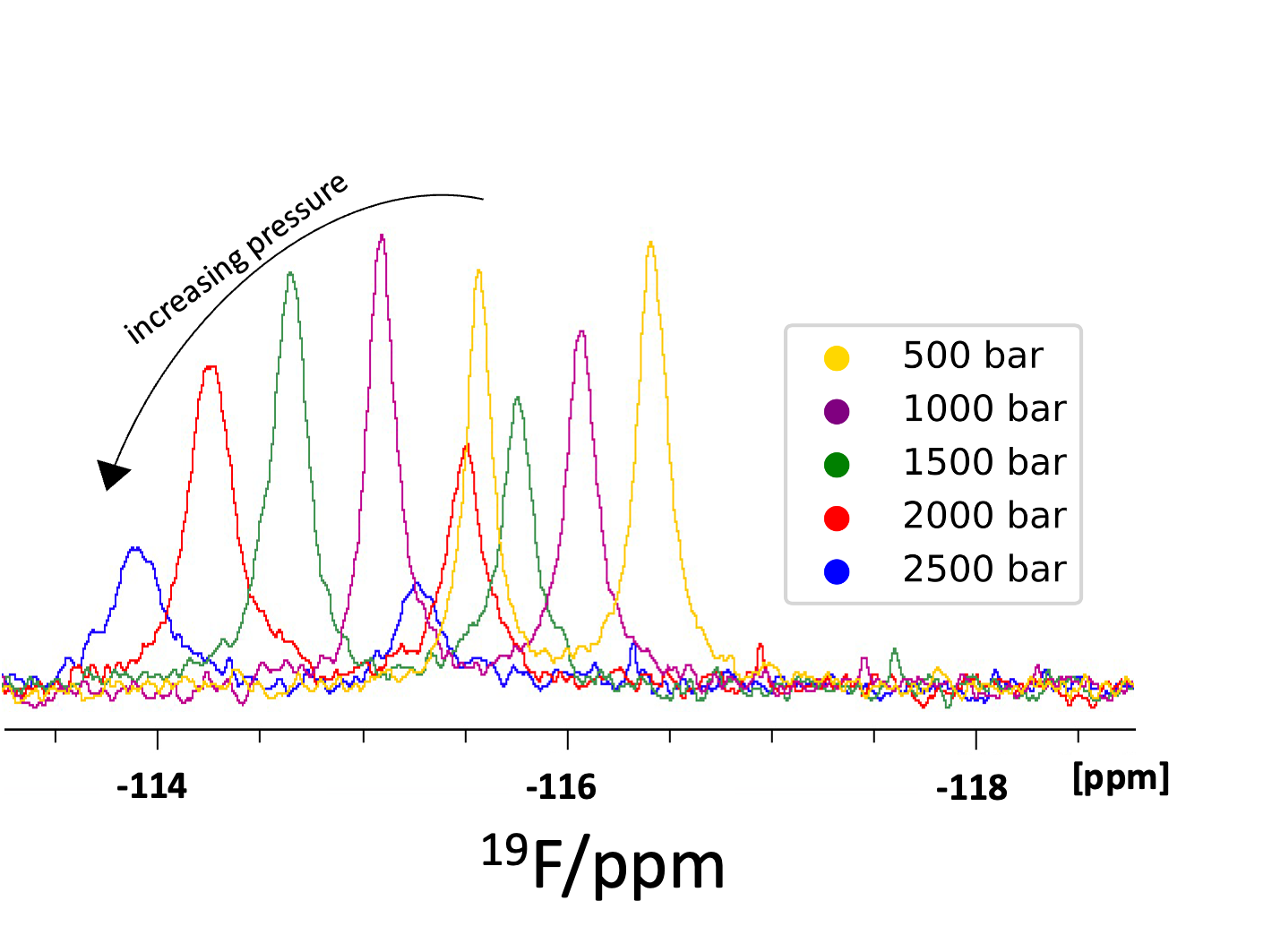Saturation Transfer Difference (STD)
Binding observing the Ligand Theory: soon.... How to set an STD experiment? 1) Adjust everything at zgesgp (water suppression..); 2) wrpa 2 --> re 2; 3) rpar SCREEN_STD all (stddiffesgp.3); 4) Acqupars --> Lists à FQLIST --> edit à FQ2LIST --> E (edit); … (select); Obs: 1) Reference (ex: -40, 40, 50, or 100 [...]
